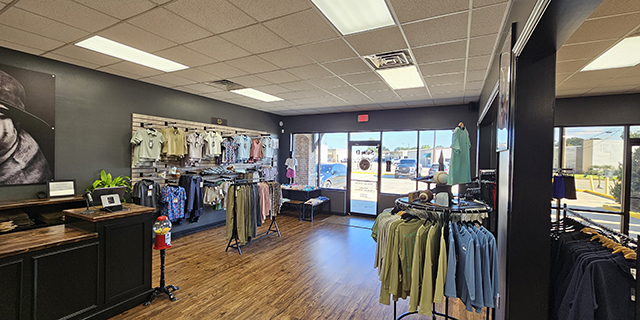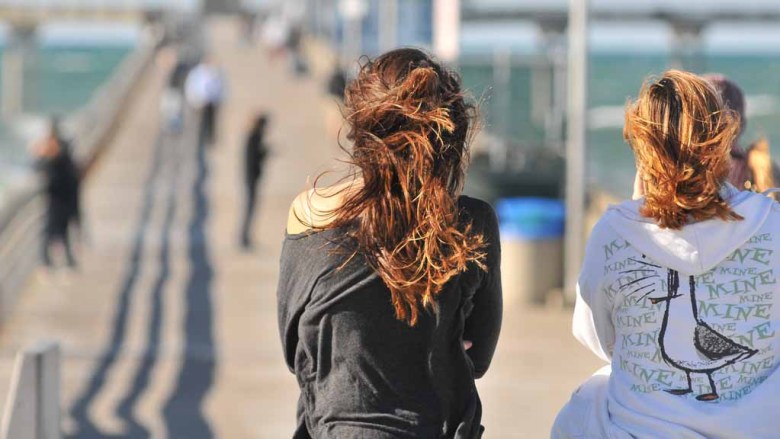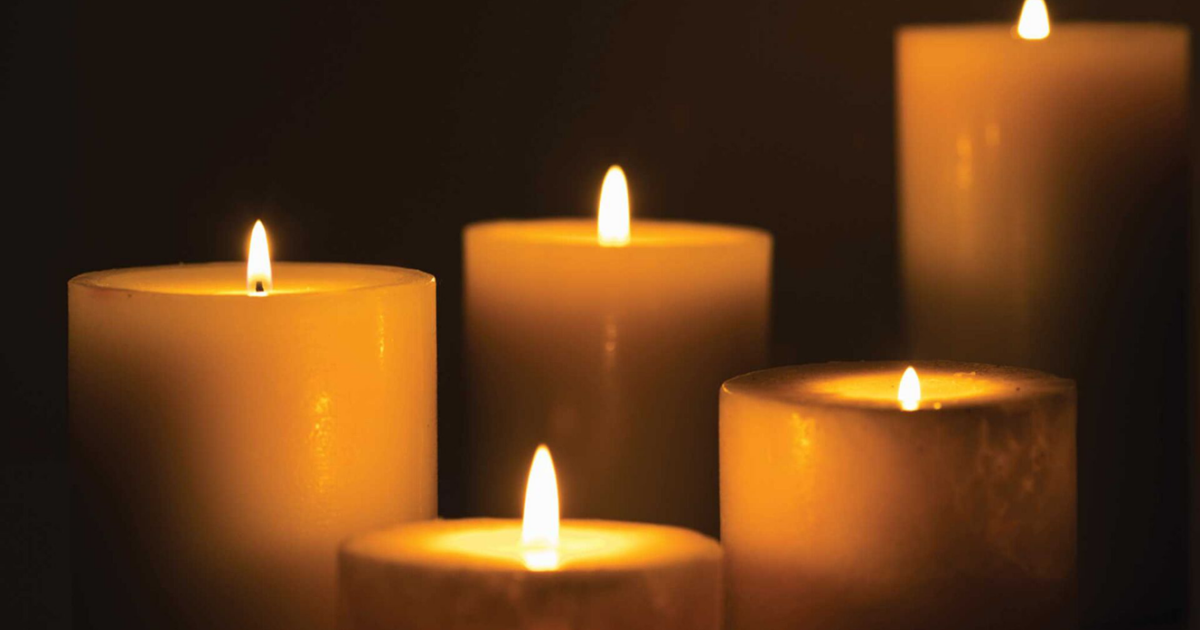Mexican American families across the United States are preparing to honor their ancestors on Day of the Dead, a tradition that blends cultural heritage with modern influences. This year, altars adorned with marigolds, sugar skulls, and photographs will be set up in homes and community spaces as families come together to remember their loved ones. The celebration, deeply rooted in Mexican culture, has evolved significantly, raising questions about the preservation of its authenticity in the face of commercialization.
Traditionally, the Day of the Dead is an intimate family affair. Families create ofrendas, or altars, at home, where they display items that were cherished by their deceased relatives. These altars often feature offerings such as favorite foods, drinks, and personal items, alongside candles and decorative papel picado—colorful paper cuttings that symbolize the fragility of life. On this special day, families visit cemeteries to decorate graves with vibrant flowers and to celebrate the lives of those who have passed.
Cesáreo Moreno, chief curator and visual director at the National Museum of Mexican Art in Chicago, notes that the 2017 Disney film “Coco” significantly impacted the way Day of the Dead is perceived and celebrated in the United States. The film introduced many to the traditions surrounding this holiday, leading to a burgeoning interest that has, in some cases, shifted its focus towards commercialization. According to Moreno, while the film has been instrumental in educating non-Mexican audiences about the celebration, it has also contributed to the transformation of the event into a marketable cultural product.
As celebrations gain traction across American cities, the essence of the Day of the Dead has sometimes been confused with that of Halloween. This overlap has altered the way people engage with the tradition. Some individuals and businesses have begun creating more minimalistic altars, stripping away the colorful elements that have historically defined the celebration. Moreno warns that while it is acceptable for people to innovate, they must not lose sight of the tradition’s core significance.
Ana Cecy Lerma, a Mexican American from Texas, expresses concern that these minimalistic altars cater to aesthetic preferences for social media platforms rather than honoring the deceased. “You can put what you want in an altar and what connects you to your loved ones,” Lerma states. “But if your reasoning is merely that you like how it looks, then I feel that’s losing a bit of the reason as to why we make altars.”
The commercialization of Day of the Dead has also prompted discussions about cultural appropriation. Sehila Mota Casper, director of Latinos in Heritage Conservation, highlights the trend of American businesses trying to profit from the celebration, similar to how they have with Cinco de Mayo. Major retailers now offer create-your-own-ofrenda kits, which Mota Casper argues detracts from the cultural significance of the holiday.
Despite these concerns, some individuals outside the Mexican American community have found ways to respectfully participate in the tradition. Beth McRae, who has lived in Arizona and California, has created a personal altar since 1994. Her collection of over 1,000 pieces related to Day of the Dead reflects her deep respect for the culture. McRae emphasizes the importance of using authentic items from Mexico and honoring lost loved ones in her celebrations.
First-generation Mexican American Salvador Ordorica, residing in Los Angeles, believes that traditions can adapt to remain relevant for younger generations. “I think it’s okay for traditions to change,” he says, “as long as the core of the tradition remains in place.” This evolving interpretation of Day of the Dead encapsulates a broader conversation about cultural identity and the balance between honoring the past and embracing the future.
As this year’s Day of the Dead approaches, Mexican American families continue to navigate the delicate interplay between tradition and modernity. While commercialization poses challenges, many remain committed to preserving the essence of the celebration, ensuring that it remains a meaningful tribute to their ancestors.







